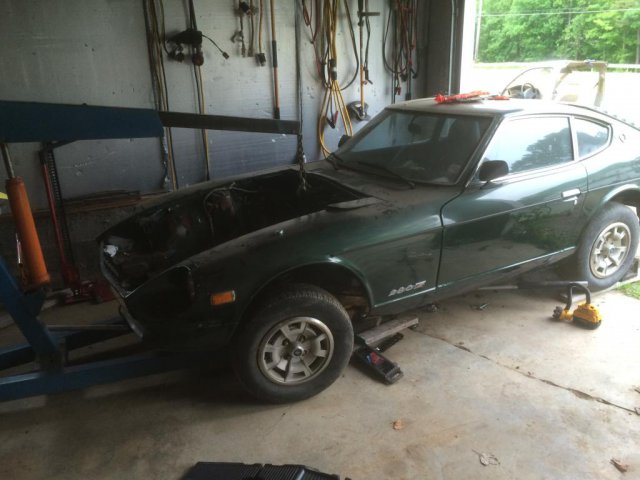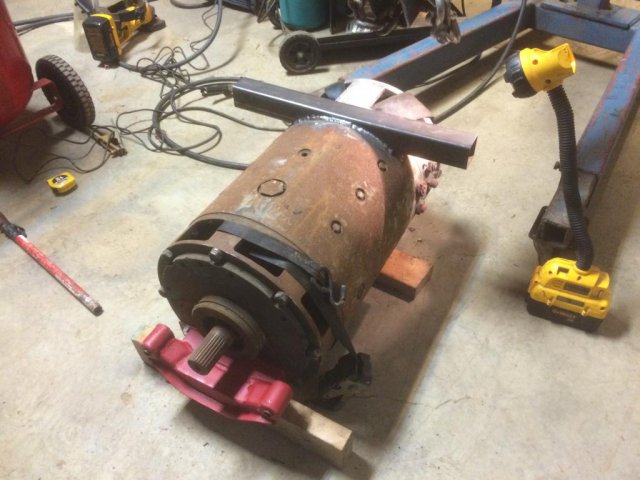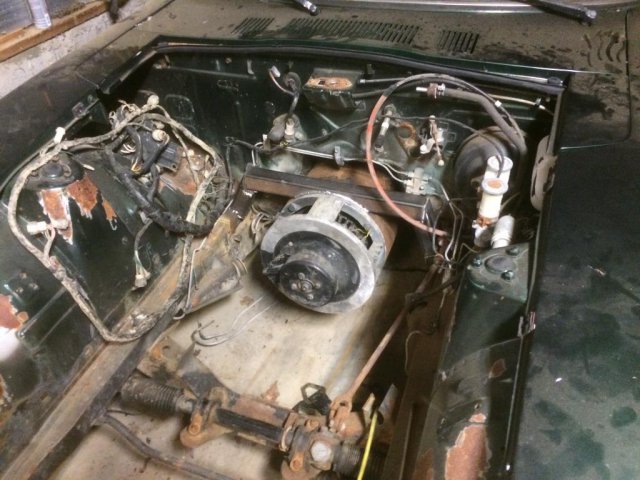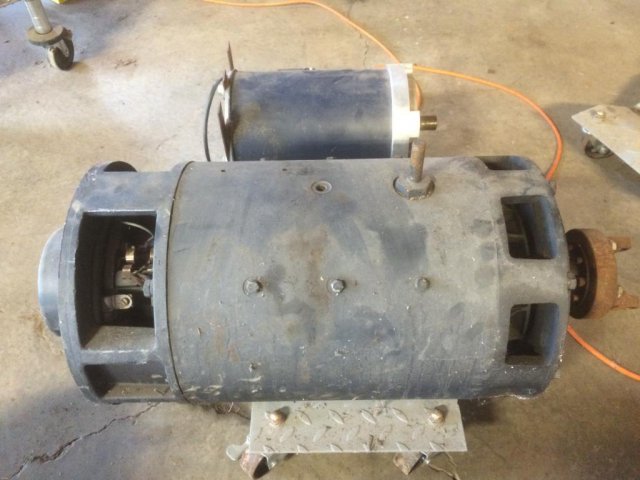-
Posts
169 -
Joined
-
Last visited
jmead's Achievements
Newbie (1/14)
0
Reputation
-
hey man i saw your old old post about the LD28, i was wondering where you sourced yours from, and if you ever installed it and if the 280zx turbo setup worked?
-
I made the plate myself. It was 1/2" 6061 aluminum plate. If you check my blog at ampeater.com the entire process is described in detail step-by-step. I got about 30-40 miles depending on speed, top speed of 100 or so, acceleration was very strong at low speeds, much better than stock, but tapered off as rpms increased. Higher voltage would help maintain torque through the rev range.
-
Hi, I am currently tearing apart my 92 300zx to do an electric conversion. Did you buy the plate to connect the motor to the transmission or did you make it yourself? what type of range and speed did you get with your setup






